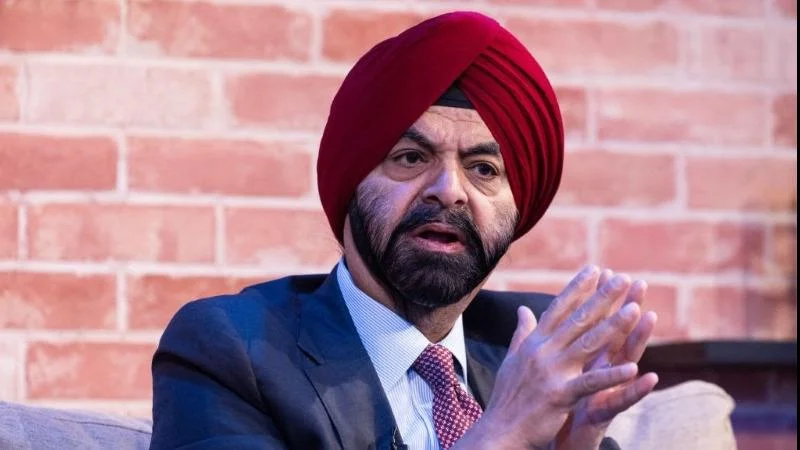In the southern regions of Androy and Anosy in Madagascar, local communities continue to face significant socio-economic and environmental difficulties. These areas are affected by persistent droughts and windstorms called Tiomena, which have a severe impact on agriculture, livestock, and household stability.
To respond to these challenges, the Government of Madagascar began the MIONJO Project in December 2020. The project is funded by the World Bank and led by the Ministry of the Interior and Decentralization (MID), with coordination from the Ministry of Land Planning and Land Services (MDAT) and the Ministry of Environment and Sustainable Development (MEDD). These ministries manage planning, community targeting, coordination, and monitoring.
The MIONJO Project has a total budget of $188 million, including $11.4 million dedicated to green infrastructure. It supports Madagascar’s climate change goals under its Nationally Determined Contributions and National Adaptation Plan. The main objectives are to improve access to basic infrastructure, support livelihoods—especially for youth and women—strengthen local governance, and provide rapid responses to food security crises.
A key part of MIONJO is subcomponent 3D, managed by MEDD in partnership with organizations such as Catholic Relief Services (CRS) Madagascar. This part focuses on developing green infrastructure and promoting resilient landscapes through cash-for-work programs. These programs allow community members to earn income while participating in environmental restoration projects. They also promote savings groups, financial literacy training, and seed capital for small businesses.
Local supervision is handled by MDAT and MEDD officials who ensure that public leadership remains strong at the community level.
Several residents have seen improvements due to their participation in MIONJO activities. Sambeterake Marchetine, a mother of five, reported that before joining she struggled with food shortages and her children missed school because her fields were unproductive. After working as a team leader in a cash-for-work program for 87 days, she was able to save money through a group savings scheme. With these savings she opened a grocery shop that now helps her pay for regular meals, schooling for her children, home repairs—including building a new roof—and water storage facilities. Her land’s productivity increased fivefold after restoration efforts.
Another participant named Tsiombota previously rented fishing equipment but was able to purchase his own net after taking part in 98 days of project work focused on dune stabilization and watershed rehabilitation. He now plans to buy his own canoe using both his earnings from fishing independently and potential loans from his savings group established during the project.
These individual stories reflect broader changes within their communities as financial tools introduced by MIONJO help residents invest in new opportunities.
Environmental benefits have also been observed. In one village where sand had previously overtaken farmland, residents worked together planting native species such as laloasy, lalanda, and mozotse around threatened areas—a strategy chosen for its effectiveness at stabilizing soil under local conditions. Village chief Botoasa explained: “We were afraid to plant anything because the sand would destroy it. Our fields were left untouched out of fear.” He added: “Our crops are growing again, and the soil is protected. We have regained hope.”
As of April 2025, expansion efforts included selecting more participants for reforestation activities while CRS reinforced financial support systems like village savings associations aimed at supporting entrepreneurship among locals.
To date, results include reforestation across 1,020 hectares; stabilization over 1,094 hectares of dunes; planting 100 kilometers’ worth of windbreak trees; and producing more than 1.7 million seedlings in local nurseries.
The Government of Madagascar states that through this partnership with technical backing from the World Bank it remains committed to sustainable development strategies designed specifically for southern regions’ needs: “This strategic collaboration illustrates a shared vision of a future in which communities in southern Madagascar can overcome structural and environmental challenges through integrated solutions rooted in local realities.”

